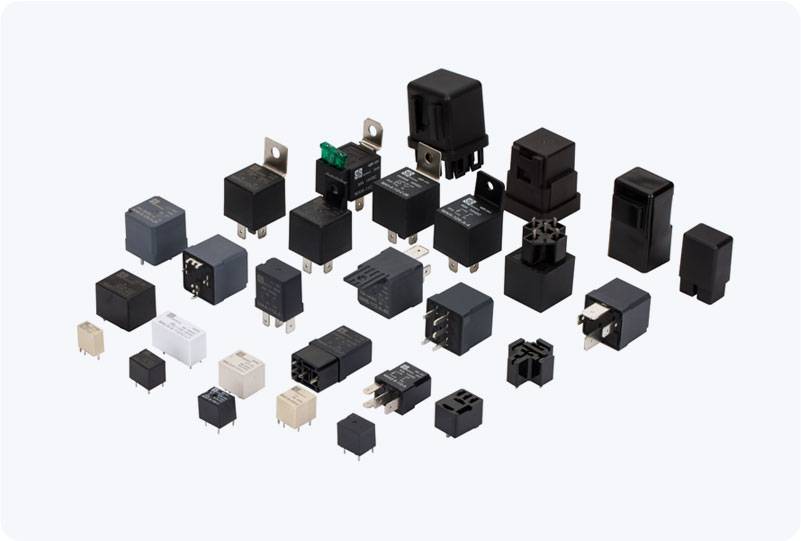Water valves are crucial components in plumbing systems, controlling the flow of water in residential, industrial, agricultural, and municipal environments. Without these devices, regulating water flow and pressure would be nearly impossible, leading to issues such as flooding, inefficient water use, and system breakdowns. This article explores the various types of water valves, their functions, and the key roles they play in ensuring that water management remains efficient, safe, and cost-effective.

The Role of Water Valves Water valves control the flow and pressure of water in a system. Their primary purpose is to either completely stop the water flow, regulate it to a specific rate, or allow it to flow freely. In a household, for example, valves are used to shut off water supply to various areas of the home, while in industrial settings, they are critical for managing large-scale water systems. When water valves are installed, they allow users to control the flow of water at different points in a system. This makes it easier to isolate specific sections of a plumbing system, repair leaks, or manage pressure, which is especially vital in industrial and municipal water systems. Water valves also prevent water wastage by enabling efficient control, such as automatically stopping water flow when a tank is full or preventing backflow into the main system.